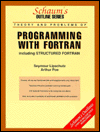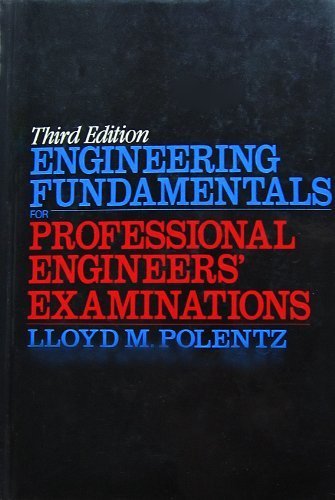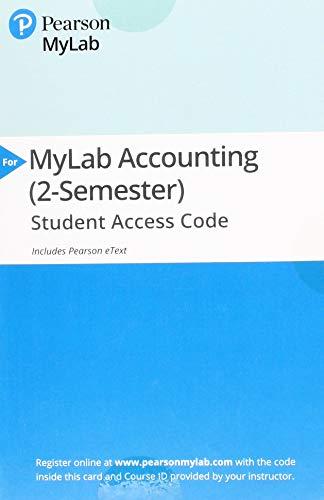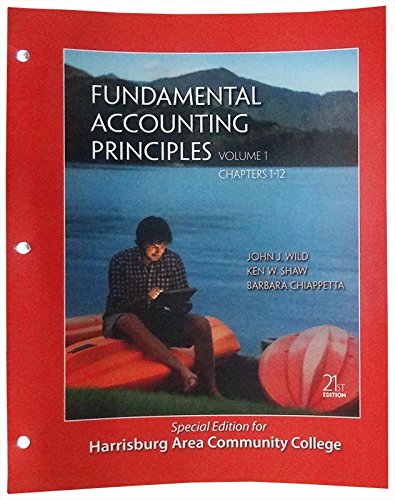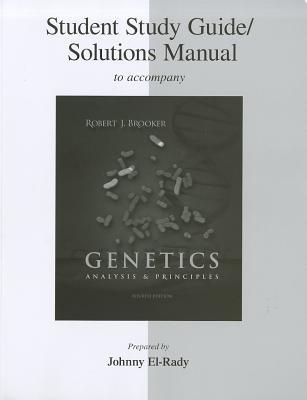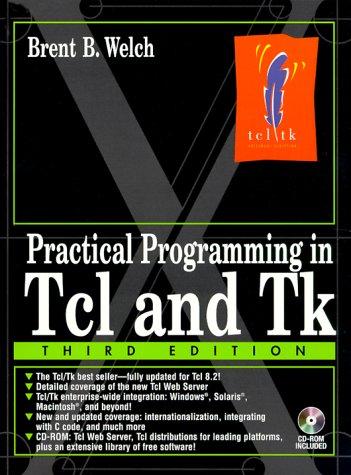Java for Engineers and Scientists (2nd Edition)
Chapman, Stephen J.
Stephen J. Chapman is an author with a mission. He believes new engineers must be able to write large programs that can be easily understood and modified by people other than their original programmers. In this second edition to his well-received text, Chapman uses a coherent and effective approach to enable students to meet that challenge. Systematically and comprehensibly, the book provides for the simultaneous teaching of the Java language and a programming style that results in good, maintainable programs. The text emphasizes the importance of going through a detailed design process before any code is written, using a top-down design technique to present the program in logical portions—classes and methods—that can be implemented together or separately. Features of the Second Edition:
- Material from the First Edition has been rearranged into more "bite-sized" portions. Branching and repetition have been made into separate chapters.
- Most convenience classes have been eliminated-this edition teaches Java using almost exclusively the standard classes found in Java SDK 1.4.
- Simple GUI inputs and output using the JObjectPane class are introduced early in the book.
- Material on multidimensional arrays has been separated out and placed in its own chapter later in the book.
- Problem solving is emphasized from the onset, with practical examples designed to provide the beginning student with a strong base in Java programming.
- Top-down methodology is introduced in Chapter 3 and then used consistently throughout the rest of the text.
- Student programming skills are enhanced through interactive learning provided by the book's Web site.
Booknews
A text on the Java programming language, structured programming techniques, and good programming practice, for science and engineering students. Emphasis is on the use of Java for large projects. Develops and implements practical examples that demonstrate problem solving with Java in an engineering/science environment, uses a top-down design technique to show readers how to create logical program modules, and demonstrates object re-usability by building later examples on the classes and methods created in earlier examples. Includes chapter exercises and quizes, and tips and cautions, with some exercises also available on a web site. The author is an electrical engineer with a specialty in digital signal processing and radar systems. Annotation c. Book News, Inc., Portland, OR (booknews.com)
| Name in long format: | Java for Engineers and Scientists (2nd Edition) |
|---|---|
| ISBN-10: | 0130335207 |
| ISBN-13: | 9780130335203 |
| Book pages: | 704 |
| Book language: | en |
| Edition: | 2 |
| Binding: | Paperback |
| Publisher: | Pearson |
| Dimensions: | Height: 9.9 Inches, Length: 7.9 Inches, Width: 1.6 Inches |



